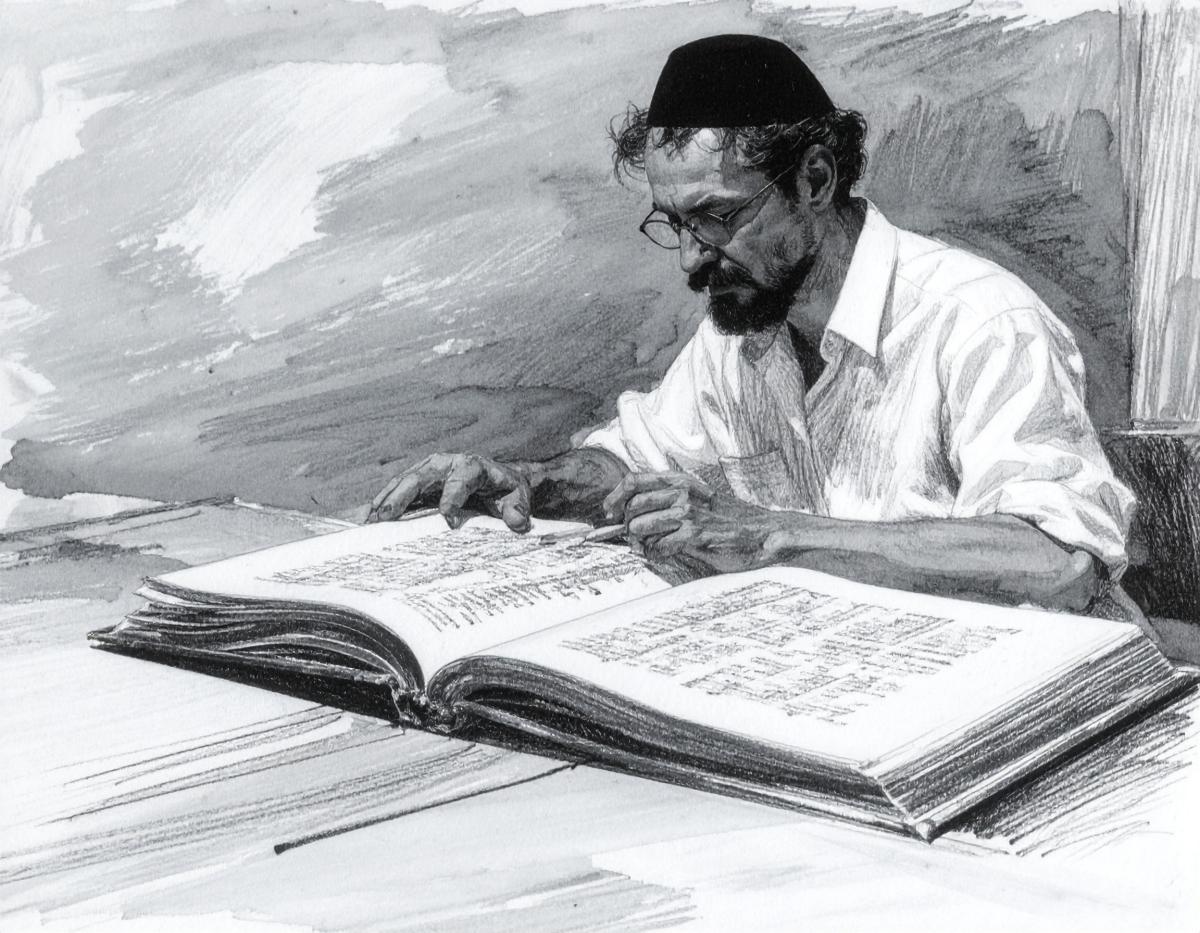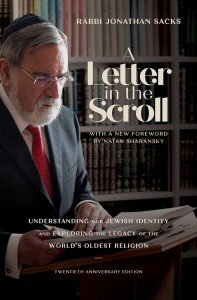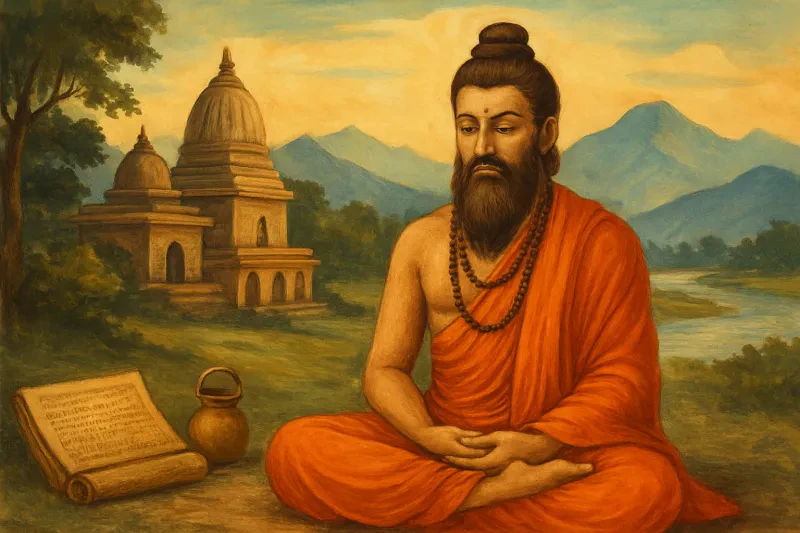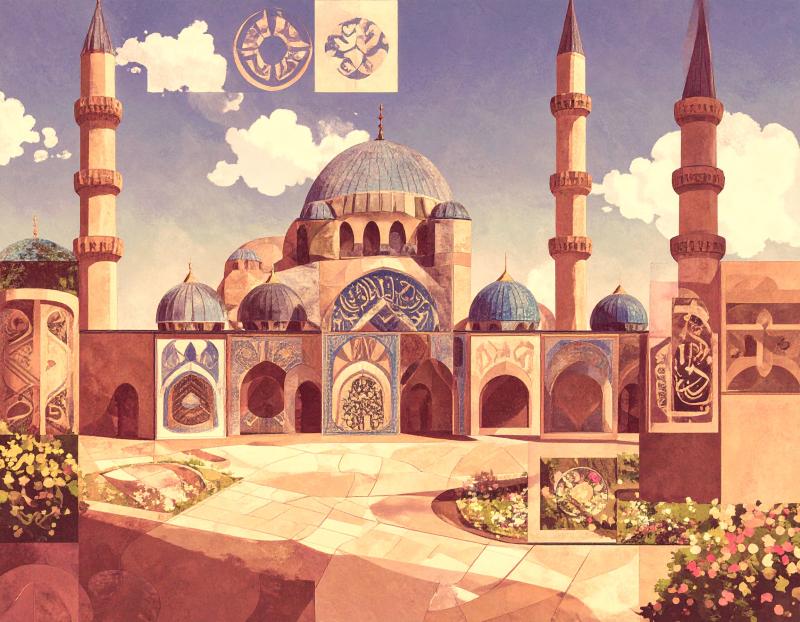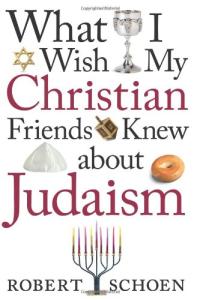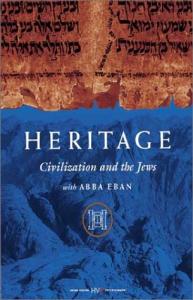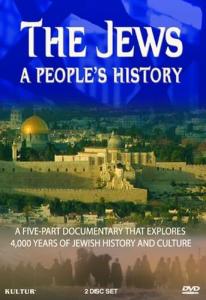To those unfamiliar with Jewish life, the Talmud can appear impenetrable, like a dusty ancient tome — a labyrinthine compendium of laws and arguments. Far from static, it’s a living document —a pulsing archive of hundreds of years of Jewish life, intellectual and spiritual, that still influences practice and thought to this day. To understand the Talmud, you need to understand its unique form and the context in which it arose.
From Mishnah to Gemara: A History with Layers
The Talmud is not a single book, but rather two – the Mishnah and the Gemara. It is a core text with extensive commentary.
* The Mishnah: Dating back to the 2nd century CE, the Mishnah is a concise compilation of Jewish oral law, covering everything from dietary laws (kashrut) and prayer to family law and agriculture. Think of it as a civil code, albeit one thoroughly intermingled with religious and moral concerns. It’s in Hebrew, in an incredibly terse and frequently enigmatic style.
* The Gemara: This is where things get truly fascinating. Over the subsequent centuries, in two separate centers – Babylonia (culminating in the Babylonian Talmud) and the Land of Israel (culminating in the Jerusalem Talmud) – scholars intensely studied and debated the Mishnah. These conversations, contentions, and exegeses are captured in the Gemara. The Gemara isn’t just a dry elucidation — it’s a dynamic conversation, a grappling with the interpretation and relevance of the Mishnah in an ever-evolving reality. It utilizes the style of “pilpul” (penetrating investigation) argumentation. The Gemara is written mainly in Aramaic, the language of these communities.
The Babylonian Talmud: The Dominant Version
The Babylonian Talmud is far more exhaustive and is the version Jews study and use to this day. It’s much longer and denser with its discussions — a testimony of the more extended intellectual ferment in the Babylonian academies.
What is Inside the Talmud?
The Talmud is organized into six orders (Sedarim), which are subdivided into tractates (Massektot), each dealing with a particular aspect of Jewish law or practice. These themes are:
* Agricultural laws (Zera’im): Deals with agricultural practices and the laws surrounding them, reflecting the agrarian society in which the Mishnah was compiled.
* Festival laws (Mo’ed): Covers the laws and customs related to the Jewish holidays.
* Women (Nashim): Deals with family law, marriage, divorce, and related matters.
* Damages (Nezikin): Addresses civil and criminal law, including torts, property disputes, and legal procedures.
* Holy Things (Kodashim) Deals primarily with the sacrificial laws of the Temple (pre-destruction).
* Purity (Taharot): Deals with the laws of ritual purity and impurity.
The Talmud’s Place in Jewish Life
The Talmud isn’t just an ancient text—it’s a living record that continues to inform Jewish existence in many profound ways.
* Halakha (Jewish Law): The Talmud is the cornerstone of Halakha, the body of Jewish law that prescribes religious observance. Rabbinic authorities over the ages have turned to the Talmud to explain and adapt Jewish law to modern circumstances.
* Jewish Education: The study of Talmud is central to Jewish education, particularly in Orthodox and Conservative communities. They spend years learning its subtleties, sharpening critical thinking, and wrestling with its deep literary and philosophical content.
* Jewish Thought: Beyond its legal aspects, the Talmud provides insights into Jewish philosophy, ethics, and the very nature of God and humanity. Its dialectical style promotes sharp thinking and an intimacy with Jewish tradition.
* Community Building: The study of Talmud often takes place in a communal setting, fostering relationships and a shared intellectual experience. The communal aspect of studying and arguing the text strengthens group cohesion.
Issues and Readings
It’s essential to remember that the Talmud is not a monolithic text. Various Jewish communities and movements have interpreted and practiced it in different ways over time. That’s what causes differences in Halakha and Jewish lifestyles. The Talmud is sometimes criticized for containing passages which appear to reflect the prejudices of its historical period, underscoring the need for critical engagement with any ancient text.
Conclusion
The Talmud is not just a book; it’s an odyssey of Jewish history, law, philosophy, and community. It remains a vibrant, demanding work that has never stopped defining Jewish existence, providing a complex weave of jurisprudence, intellectual argument, and religious philosophy. To understand its complexities is to open a deep window onto this richness of Jewish tradition.
A Letter in the Scroll: Understanding Our Jewish Identity and Exploring the Legacy of the World's Oldest Religion
by Jonathan Sacks
Product information
Product Review Score
4.8 out of 5 stars
54 reviews